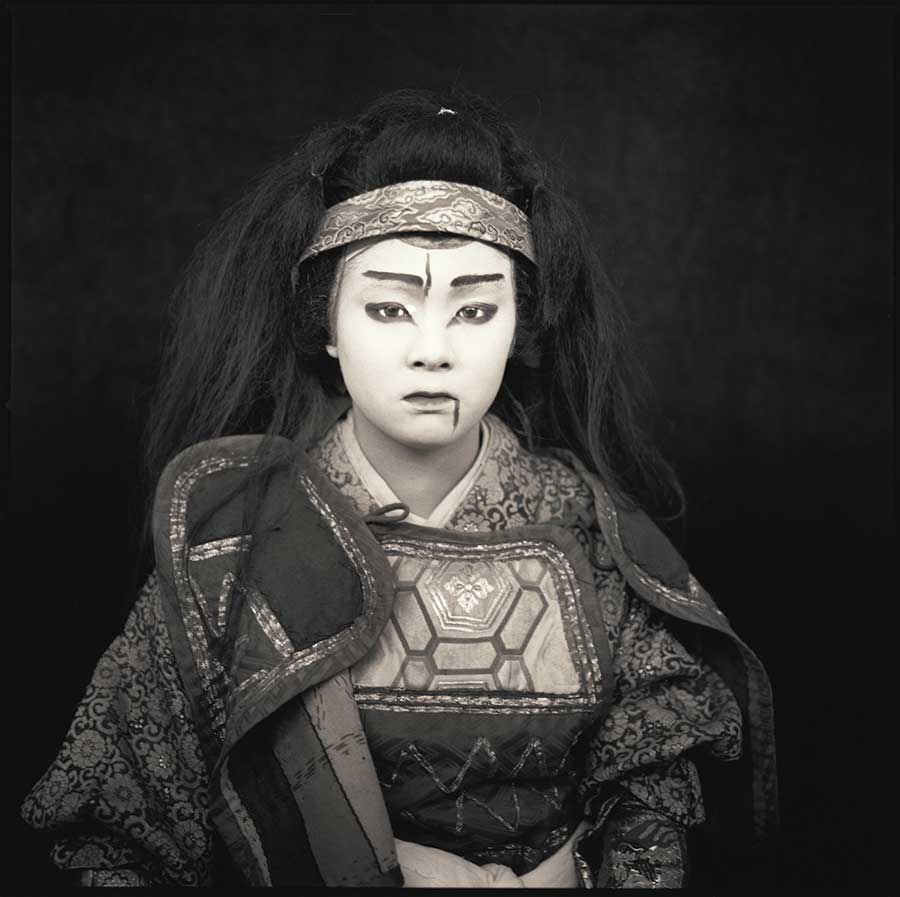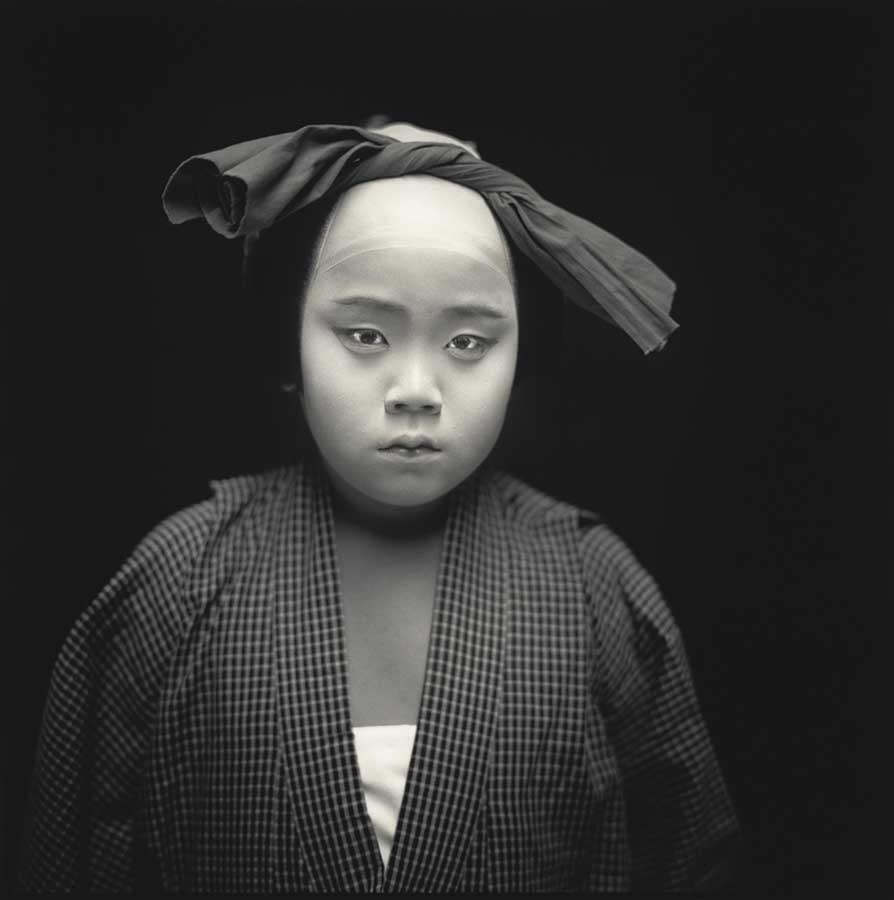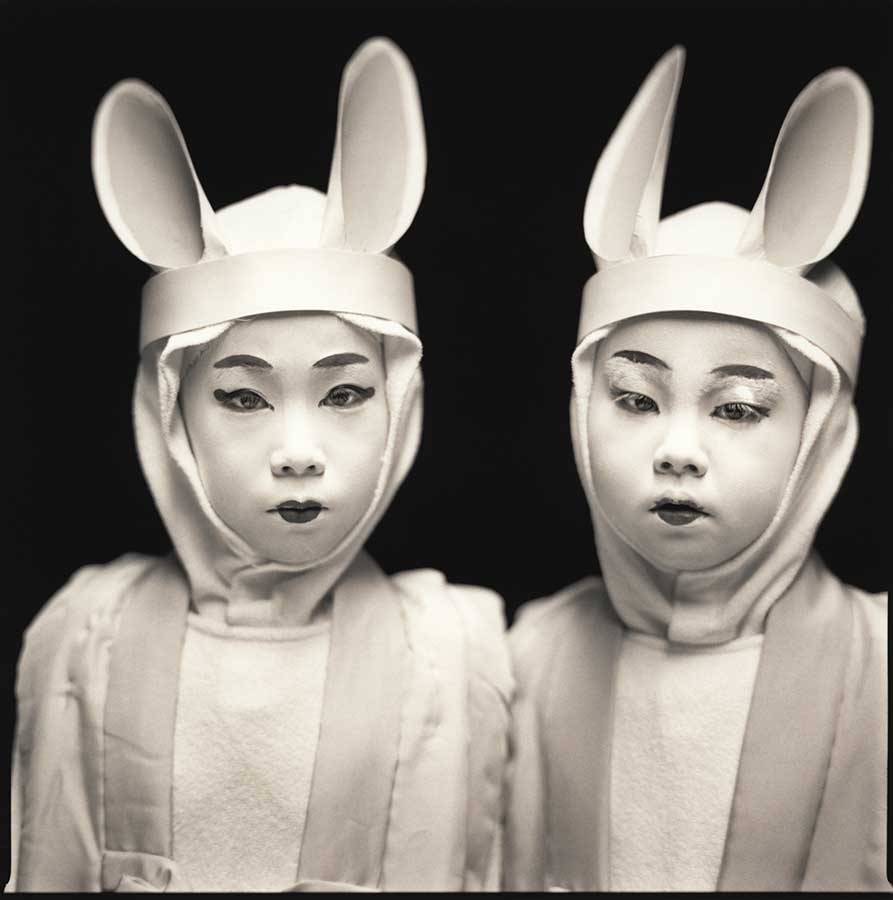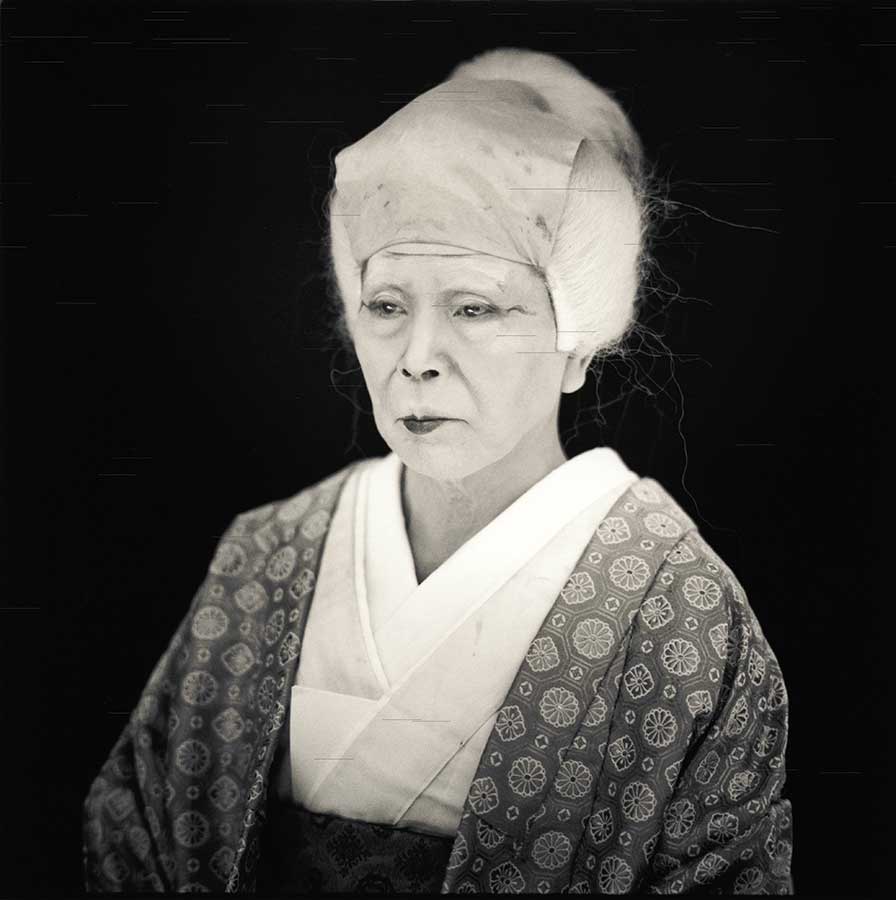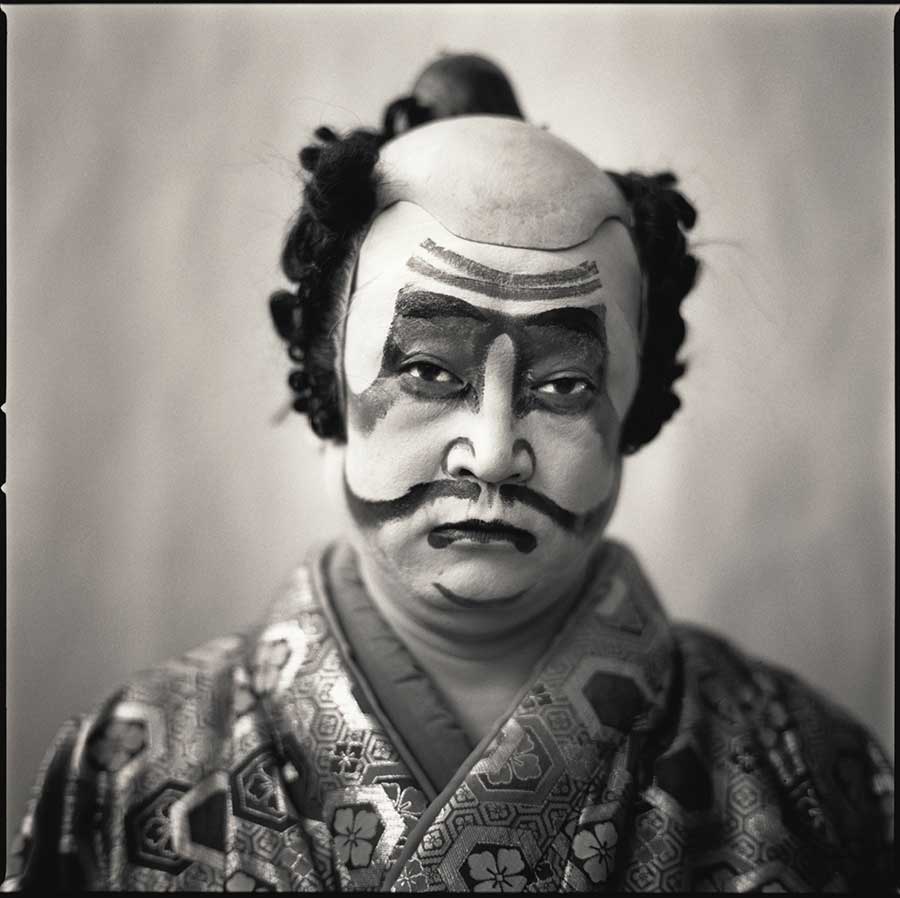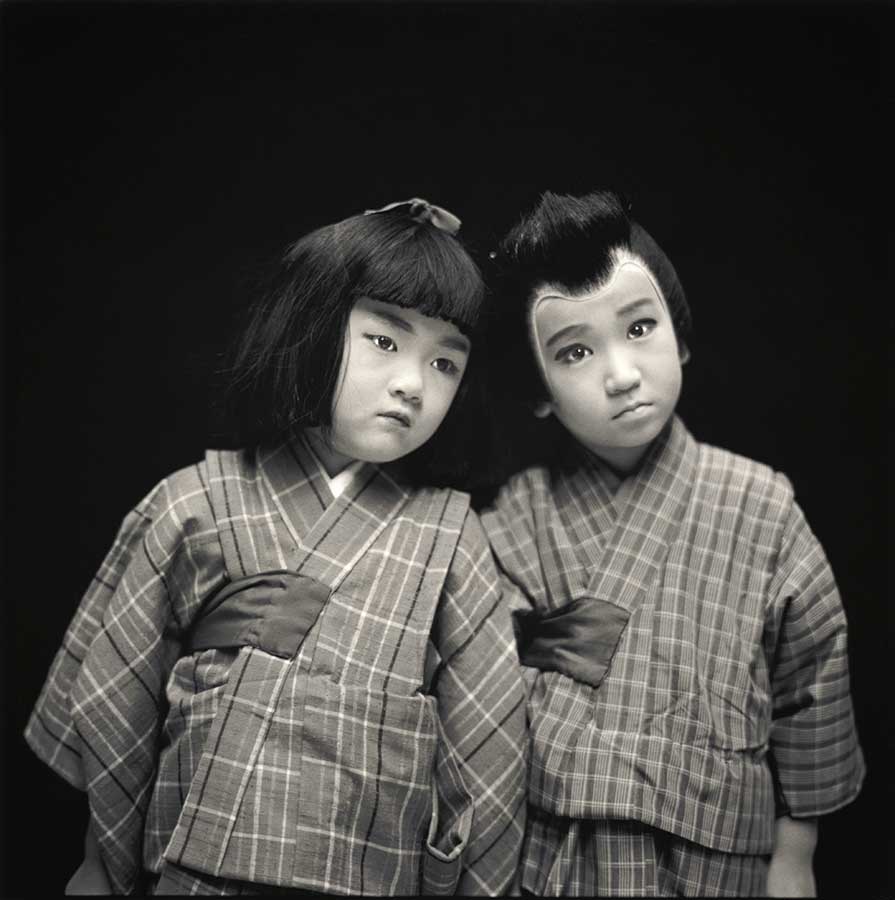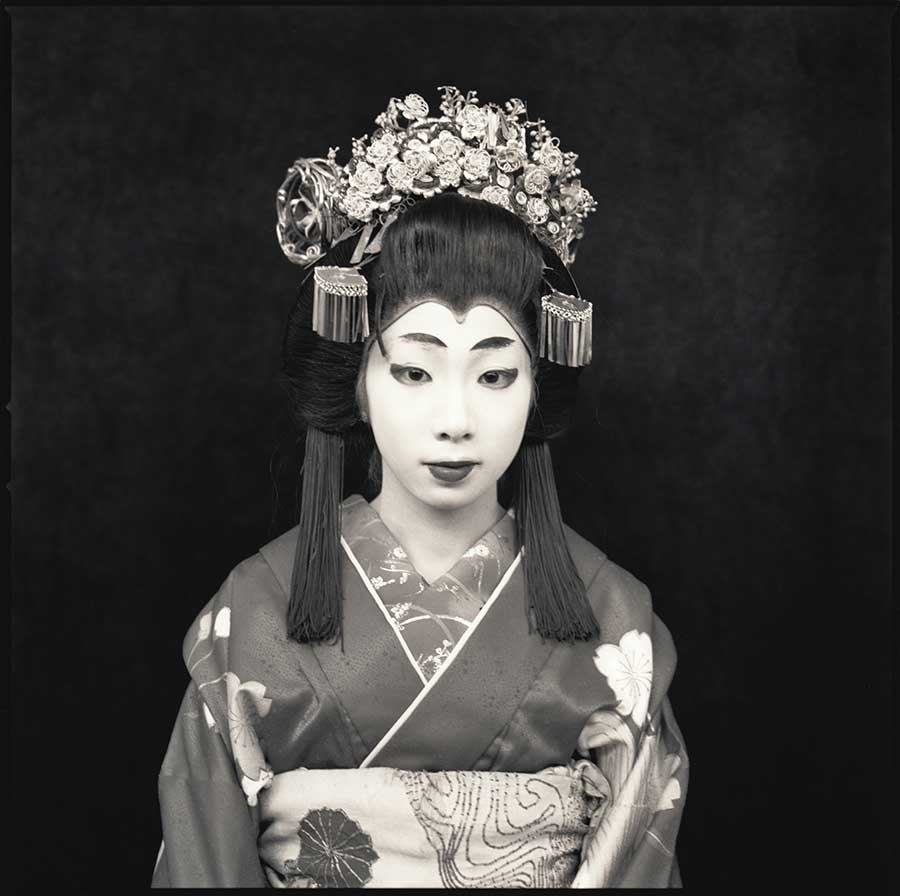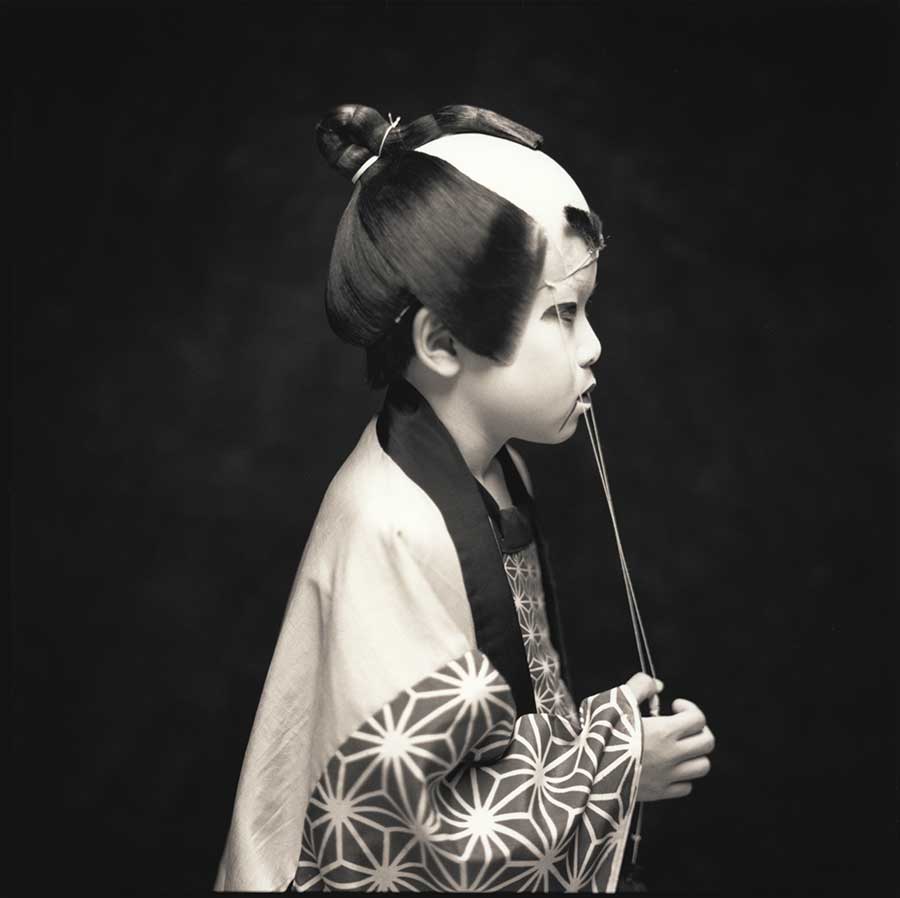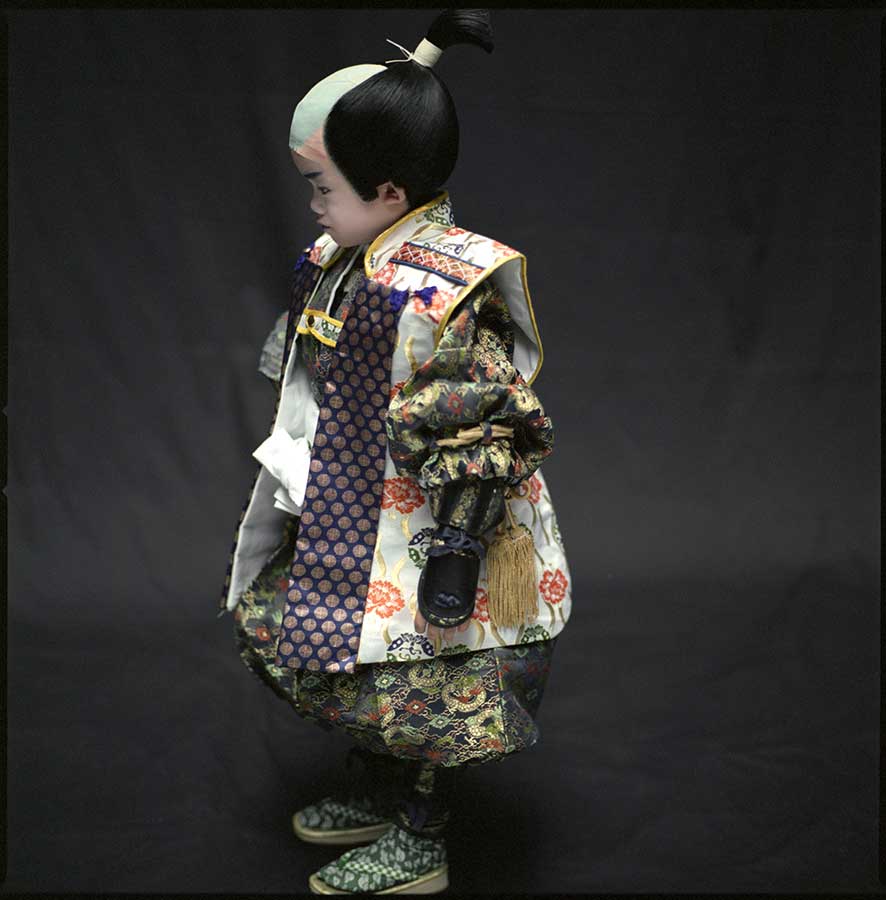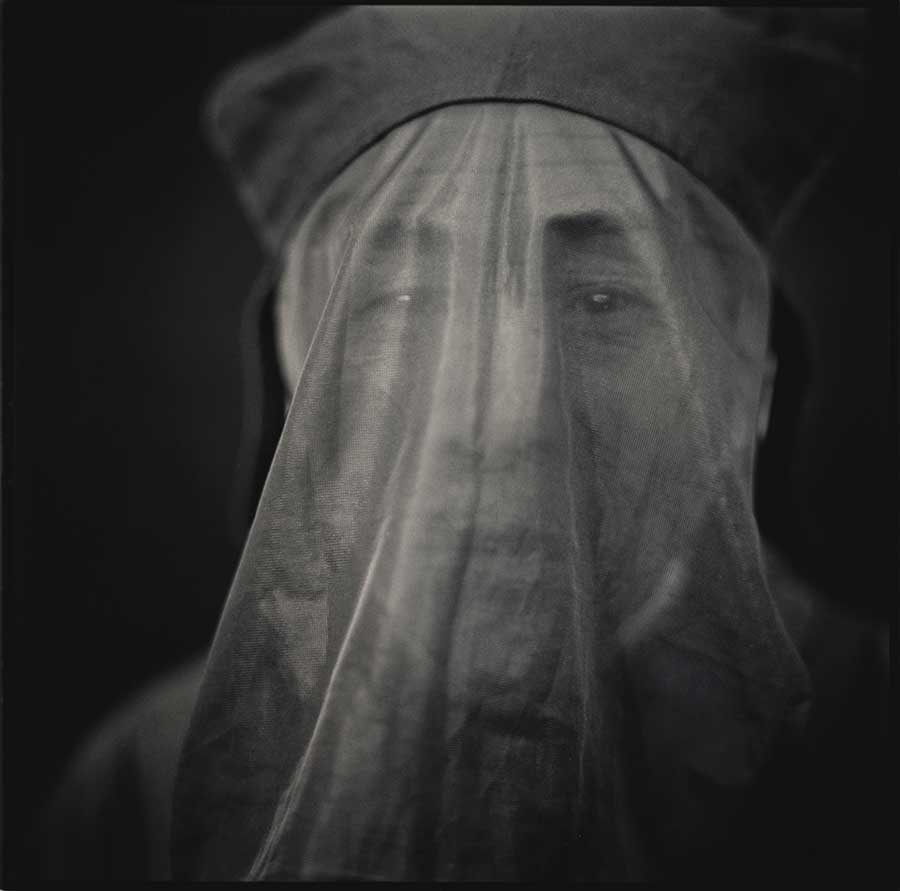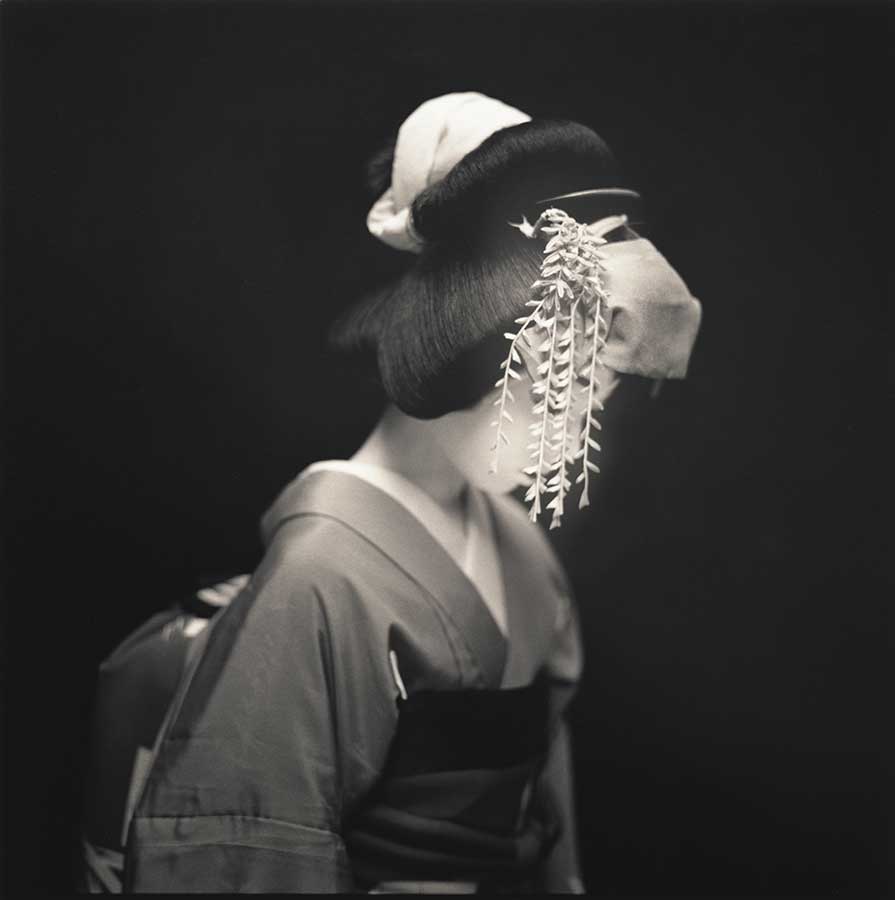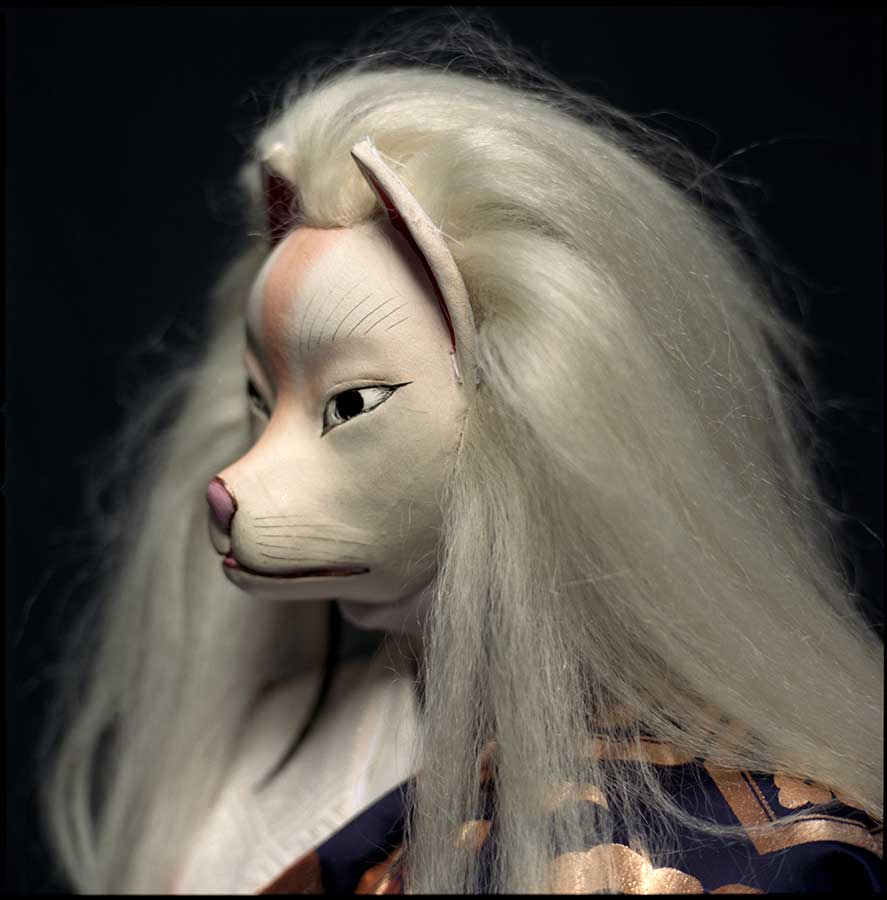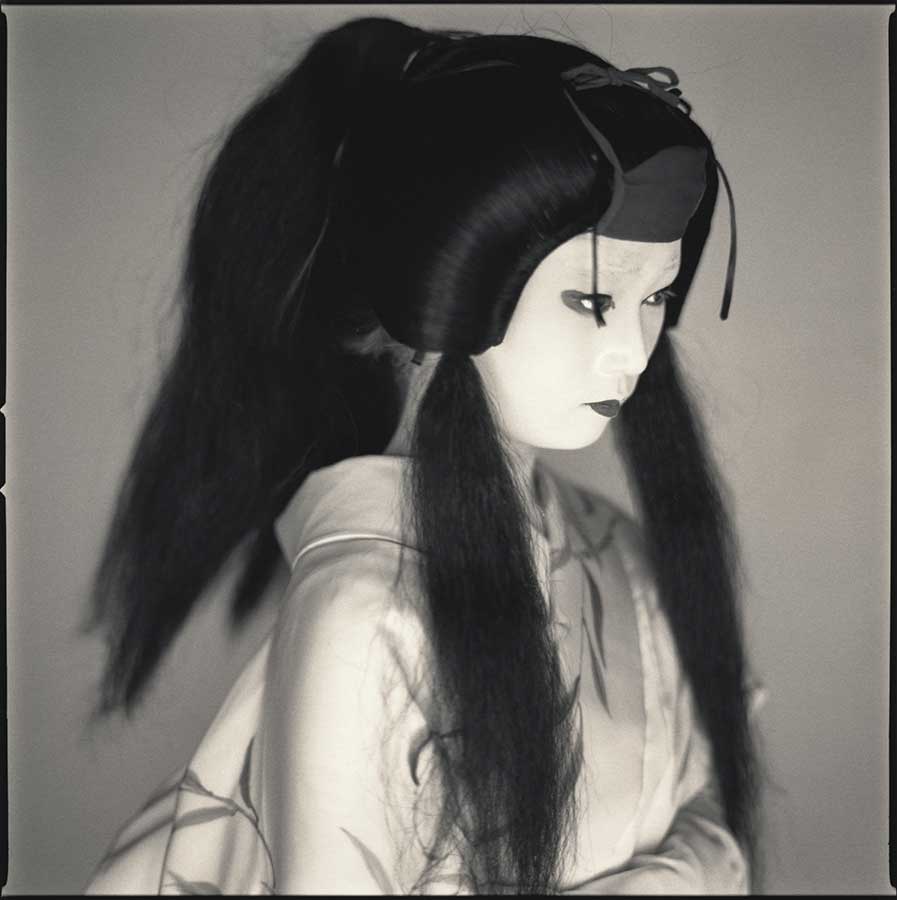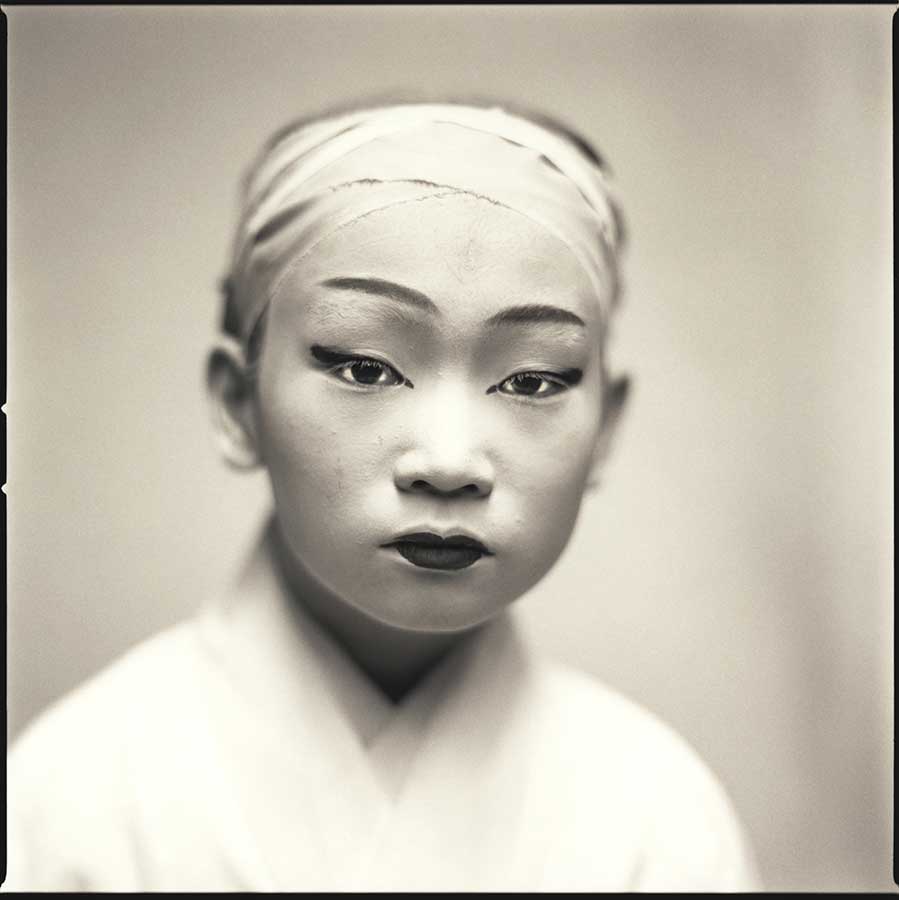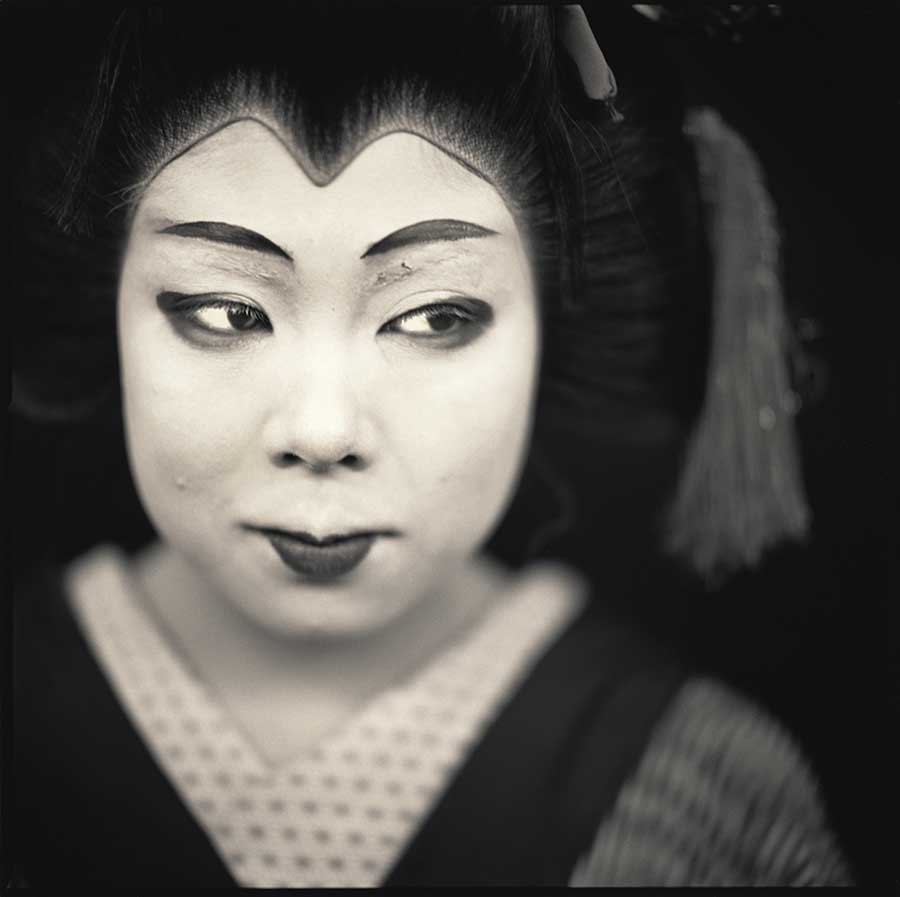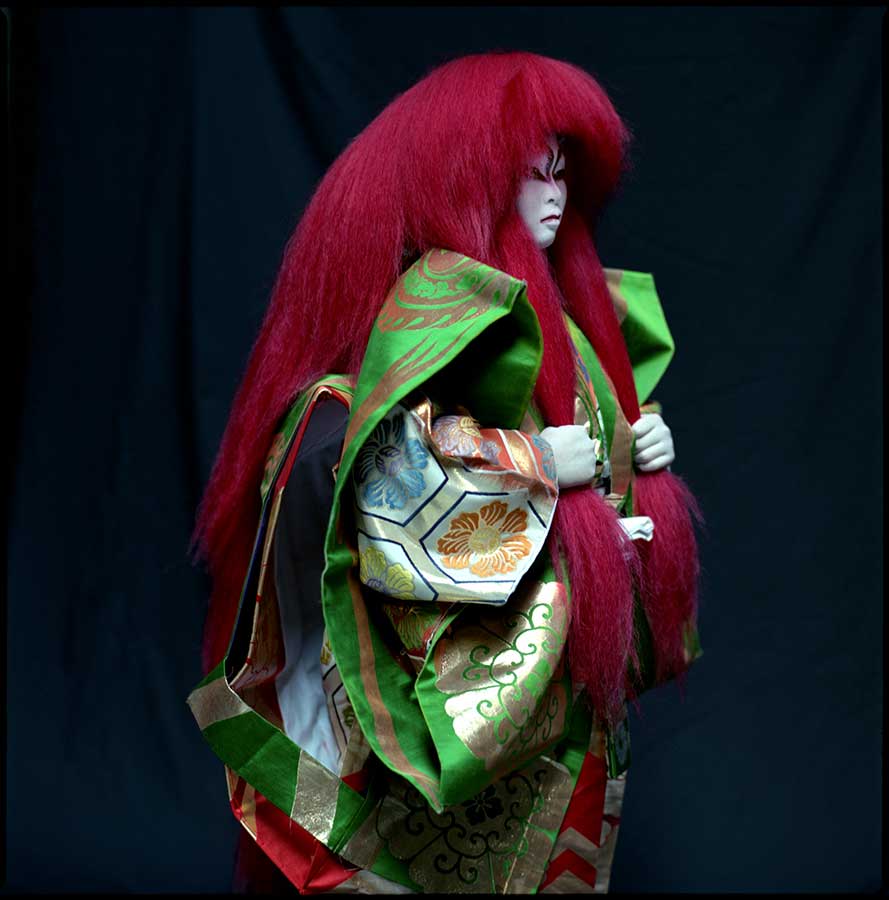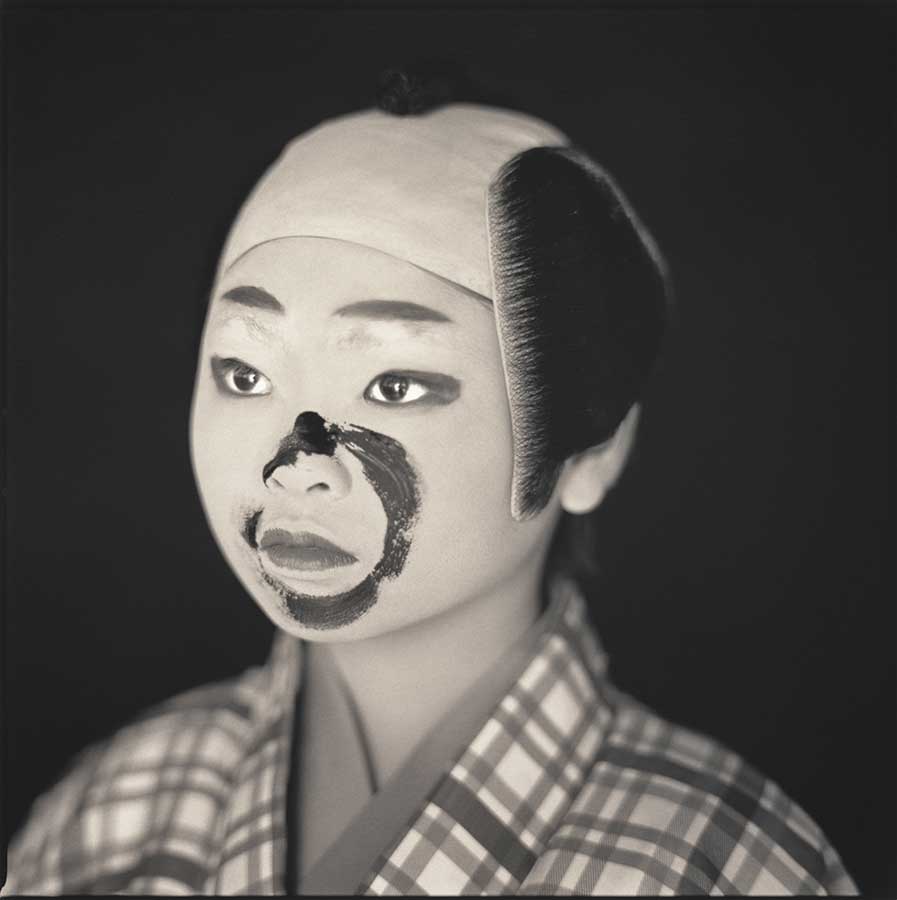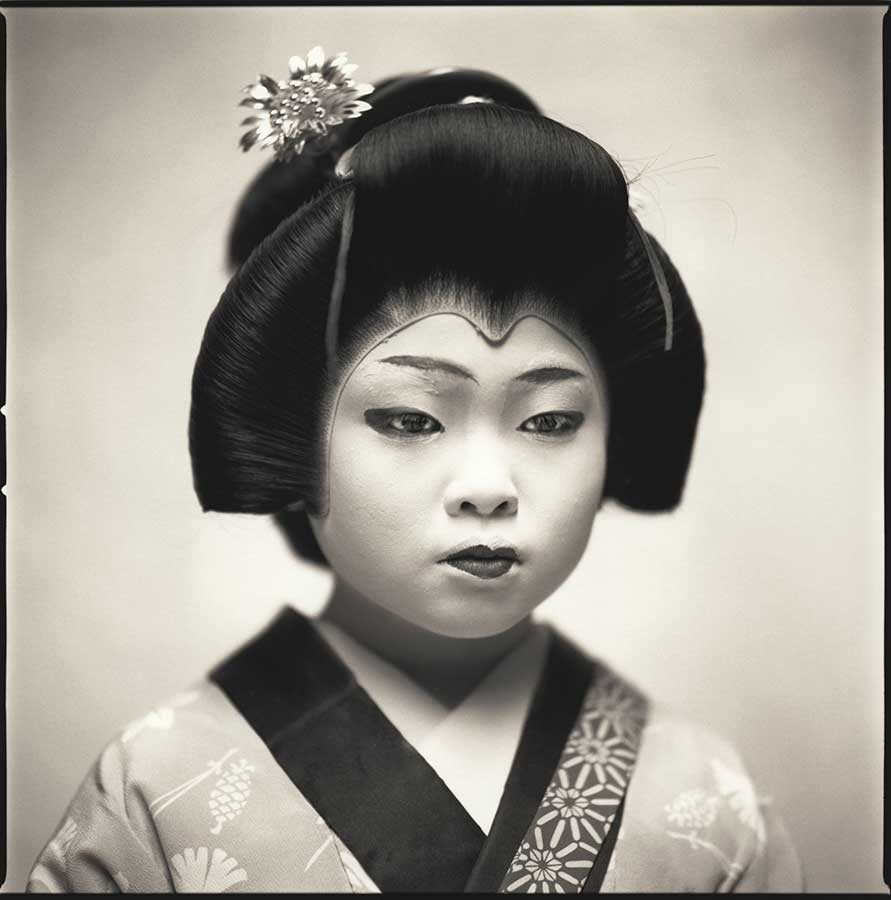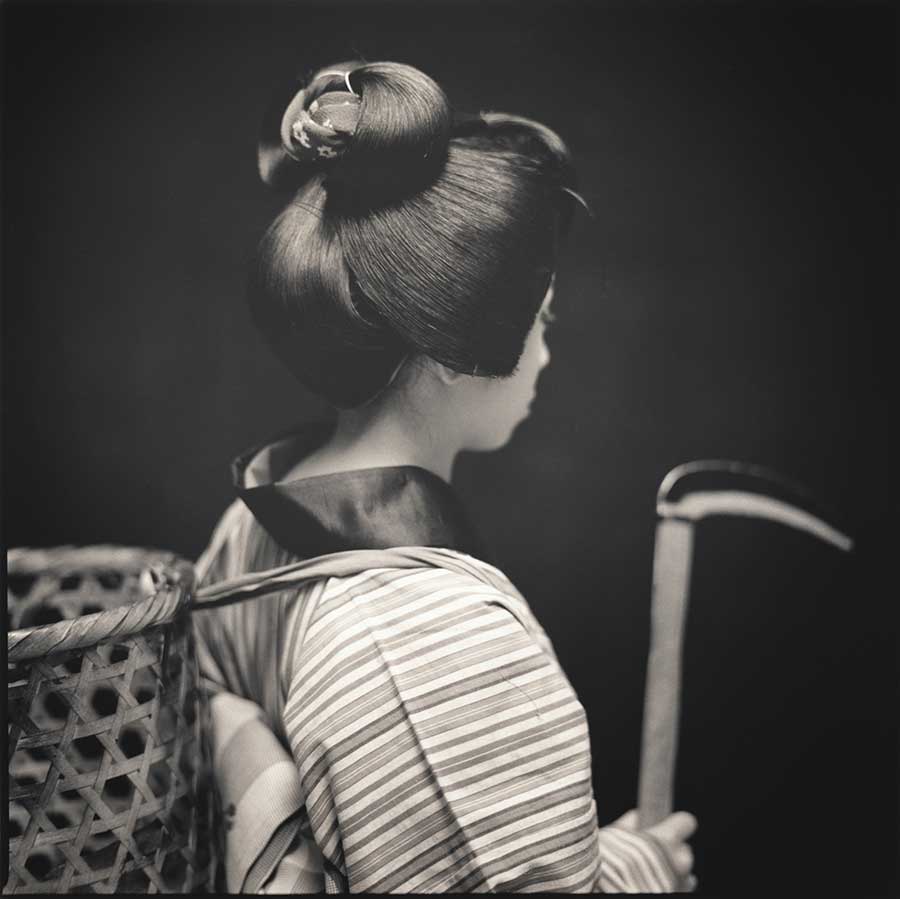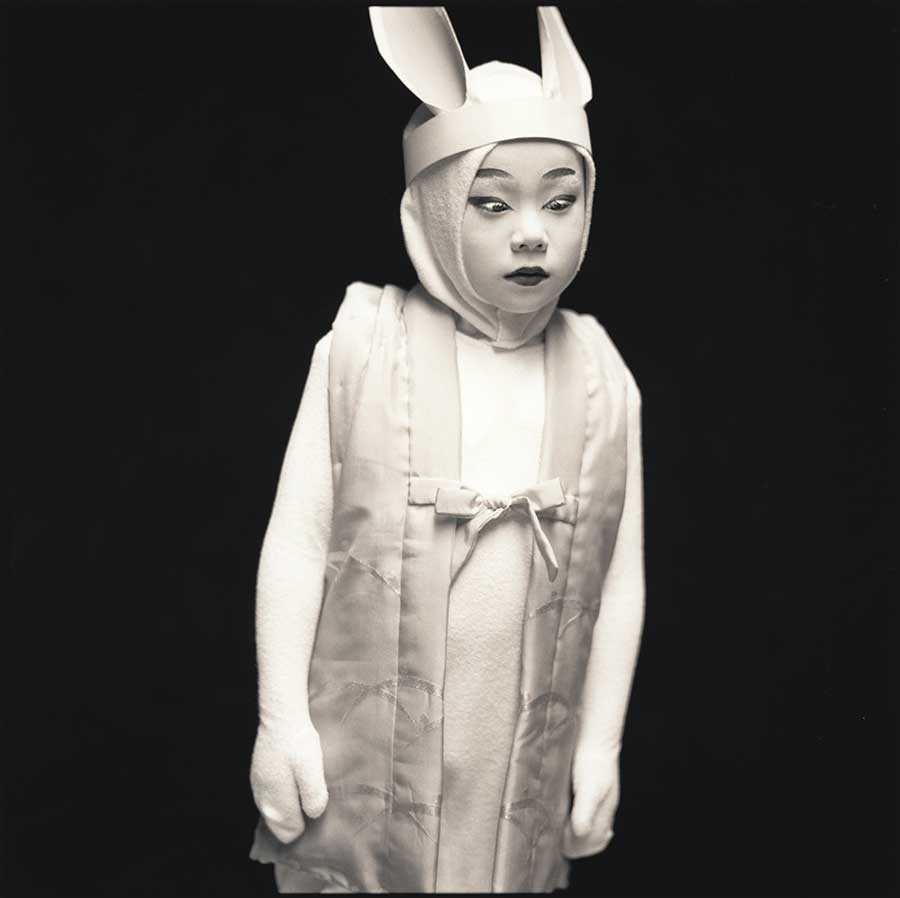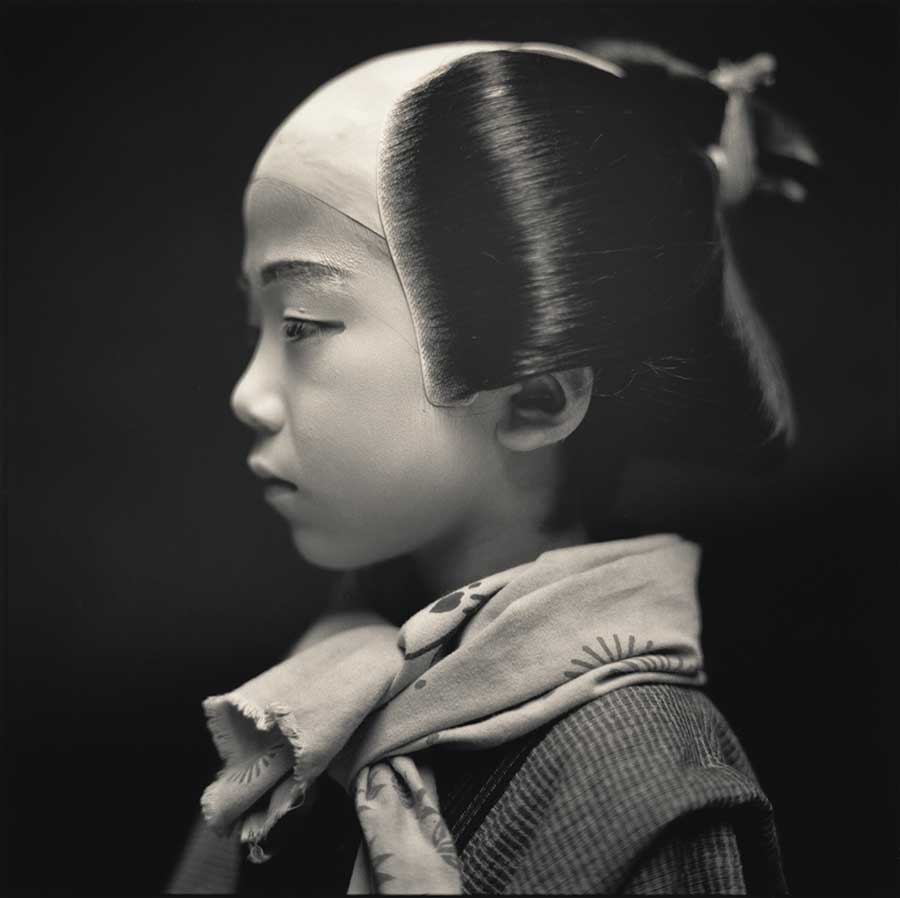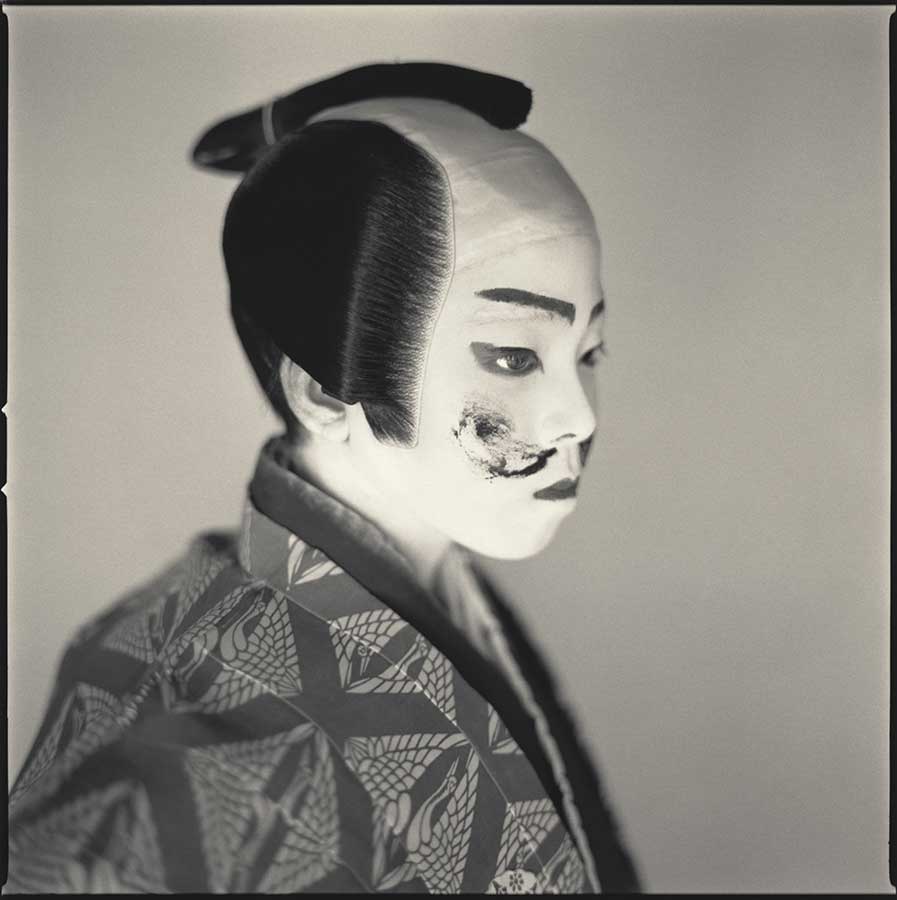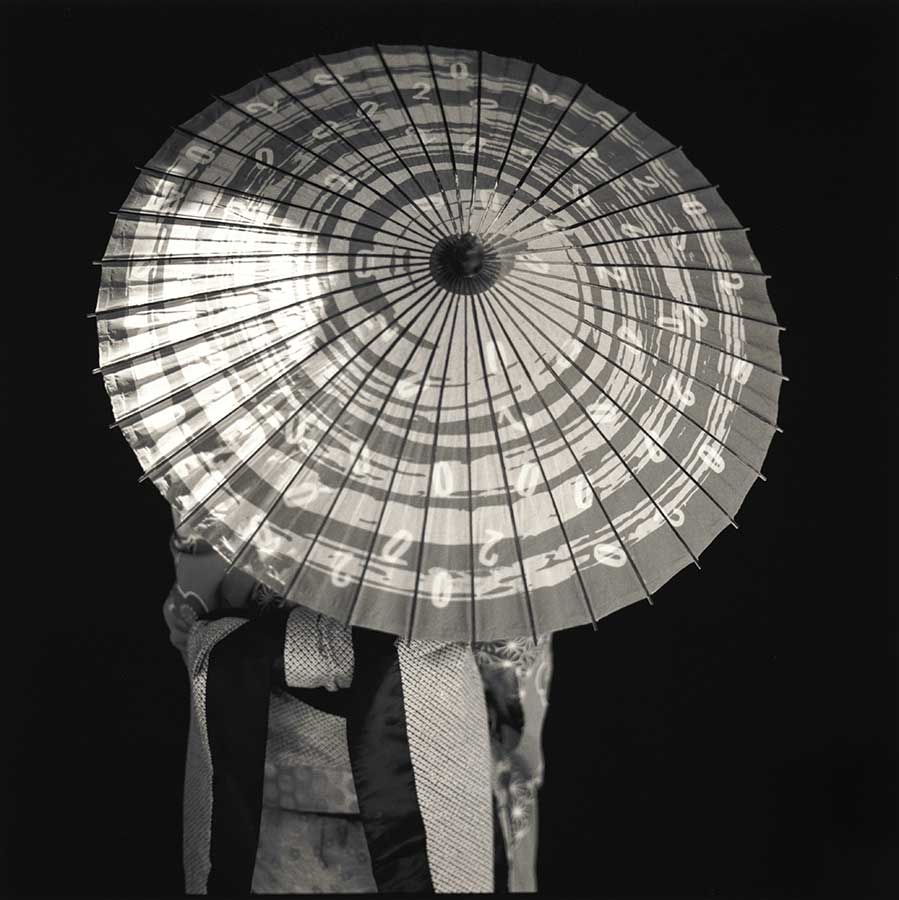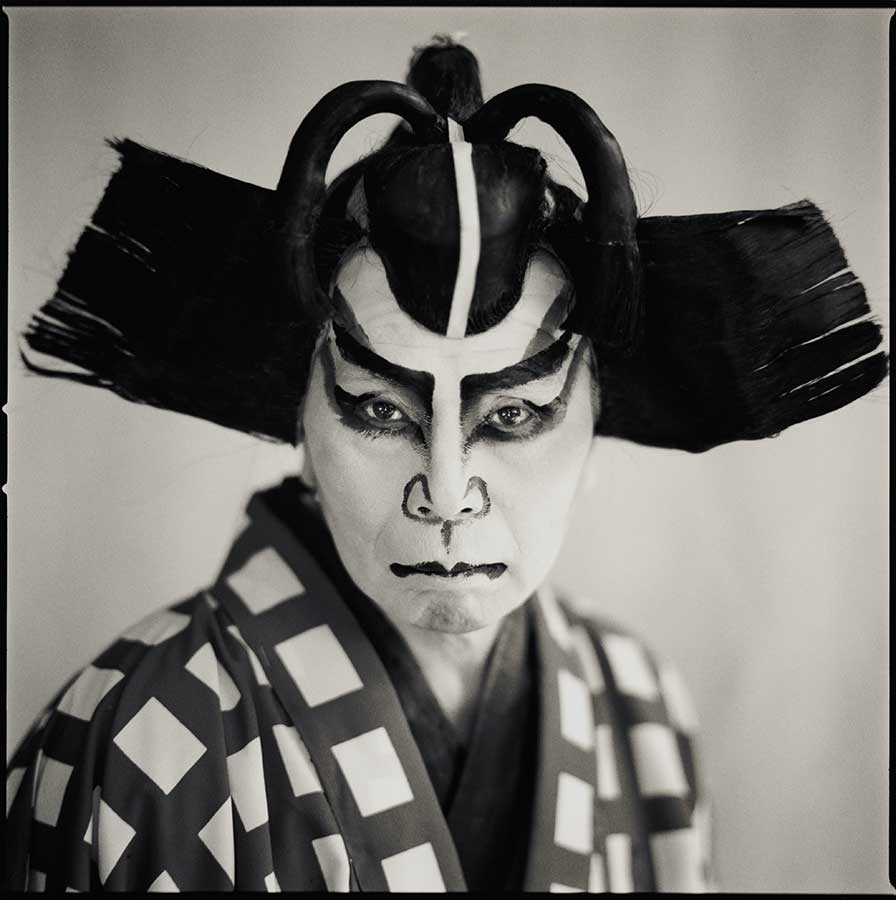Those Kabuki players seen in the photographs are not with the mainstream Kabuki companies in Tokyo. They are with localized small groups located in various parts of Japan.
They are not professional actors and they don’t get paid for their plays. They actually spend quite a lot of their own money to be in the plays. Kabuki is known for lavish make-up, costumes, and stage set-ups. As such, those who want to be in the plays must be committed and prepared.
They spend their time and money because of their love for being in the theater—attention they get, pride, prestige, and joy of being part of the tradition. One such company is based in a town called Nakatsugawa. The town is cozily nested at the foot of Japan Alps Mountains. It was situated at the halfway point between Tokyo and Kyoto of the old main road called Nakasendo in Edo era, and because of this strategic location, it flourished as a trading post about three hundred years ago. The town became rich, but had no cultures as they are away from big cities. They had to wait for Kabuki Company to arrive, which comes only once a year. Being tired of waiting, they finally decided to do Kabuki by themselves. They built a theater and hired make-up artists, costumers, and stage craftsmen from Kyoto just for themselves, and they started to play their favorite stories. Thus it became their tradition. Hiroshi believes good portraits are the ones that show the characters and personality of the subjects–their human beings. It is often a difficult task, as people are so well educated about photographs. People know how to pose, how to make impressions, and how to look good, and hardly reveal what they really are. Those Kabuki players are hidden in heavy make-up and wardrobes in a made-up world. When they sit in front of the camera between plays, they are so much saturated (and worried) in their roles, that they pay very little attention to camera’s existence. They are struck with stage fright and they repeat their lines over and over while being photographed. Remember it is not what they do every day. On the other hand, they are not afraid as their faces are shielded by the heavy make-ups. They can be themselves without worrying about other people, as if they are in the masquerade. They feel that no one knows who he or she really is, or at least people know that they were in a fictional world. At those moments, they reveal inner themselves.
